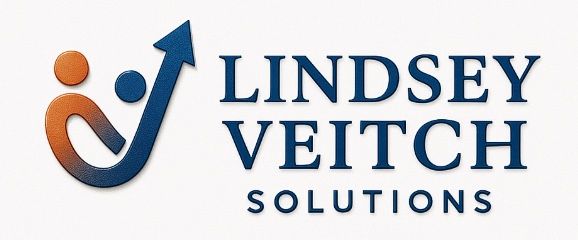Analyzing Customer Feedback in the USA: Strategies for Success
Understanding the Importance of Customer Feedback
Customer feedback is invaluable for businesses seeking to improve their products and services. In the USA, where consumer expectations are high, understanding customer feedback can provide a competitive edge. Feedback can reveal insights into customer satisfaction, highlight areas for improvement, and help businesses align their offerings with customer needs.
Analyzing feedback effectively involves more than just collecting data. It requires a strategic approach to ensure that insights are actionable and lead to tangible business improvements. This post will explore key strategies for analyzing customer feedback successfully.

Collecting Comprehensive Feedback
The first step in analyzing customer feedback is collecting comprehensive and diverse data. Businesses should utilize multiple channels to gather feedback, such as surveys, social media, and direct customer interactions. Surveys can be structured to capture specific information, while social media can provide real-time insights into customer sentiments.
It's important to ensure that the feedback collected is representative of your customer base. This might involve segmenting customers by demographics or purchase behavior to identify trends within specific groups. Doing so can help uncover unique insights that might not be apparent from general feedback.
Leveraging Technology for Data Collection
Modern technology offers numerous tools to streamline the feedback collection process. Automated survey tools, sentiment analysis software, and customer relationship management (CRM) systems can help gather and organize data efficiently. These tools can also integrate various data sources, providing a holistic view of customer feedback.

Analyzing Feedback for Actionable Insights
Once the data is collected, the next challenge is analyzing it to extract actionable insights. Qualitative feedback, such as open-ended survey responses or social media comments, should be examined for recurring themes and sentiments. Quantitative data, like ratings and scores, can be analyzed using statistical methods to identify patterns.
Combining both qualitative and quantitative data can offer a more comprehensive understanding of customer opinions. This balanced approach ensures that the analysis is not skewed by outliers or overly focused on specific types of feedback.
Prioritizing Feedback for Implementation
Not all feedback is equal in importance or feasibility. Prioritizing which insights to act upon is crucial. Consider factors such as the frequency of feedback on a particular issue, its impact on customer satisfaction, and the resources required for implementation. High-impact, low-effort changes should be prioritized to maximize benefits quickly.

Implementing Change and Monitoring Results
The ultimate goal of analyzing customer feedback is to implement changes that improve the customer experience. Once changes are made, it's important to monitor their impact continuously. This involves setting up metrics to measure success and gathering follow-up feedback to assess whether improvements have met customer expectations.
Continuous monitoring allows businesses to remain agile and make further adjustments as needed. It also demonstrates to customers that their feedback is valued and acted upon, which can enhance customer loyalty and trust.
Building a Feedback-Driven Culture
For long-term success, businesses should strive to build a culture that values and encourages ongoing customer feedback. This involves training employees to recognize the importance of feedback and empowering them to contribute to the process of improvement. A feedback-driven culture fosters innovation and ensures that businesses remain aligned with customer needs.
By embracing these strategies, businesses in the USA can harness the power of customer feedback to drive success and stay ahead in a competitive market.
